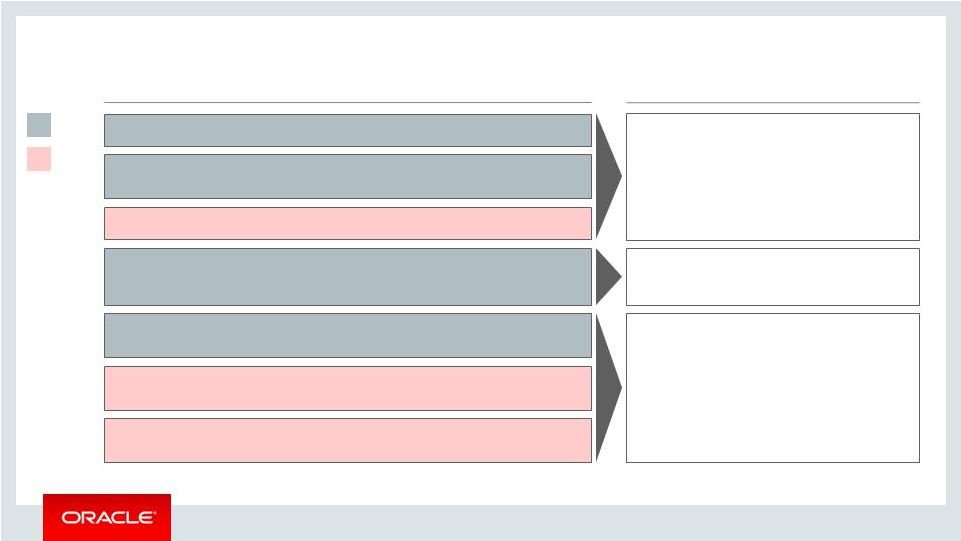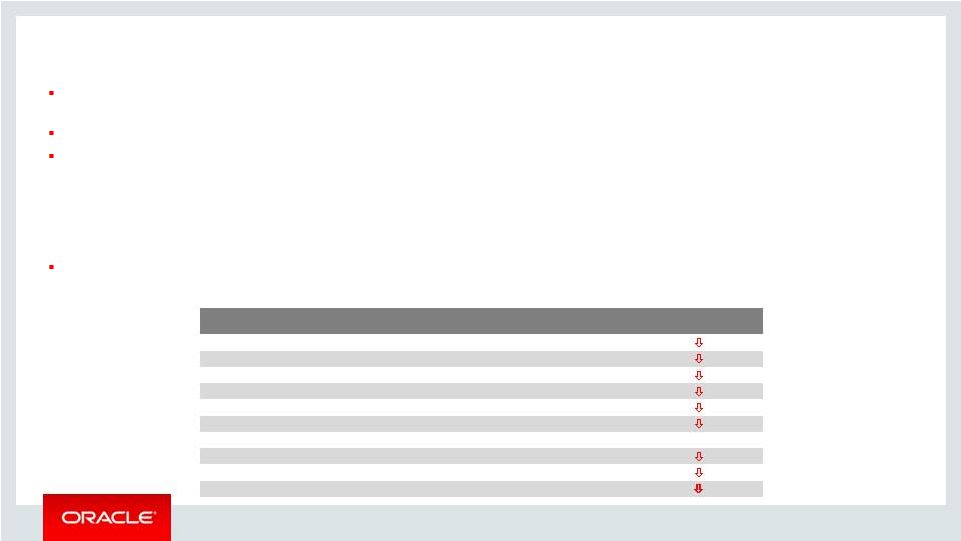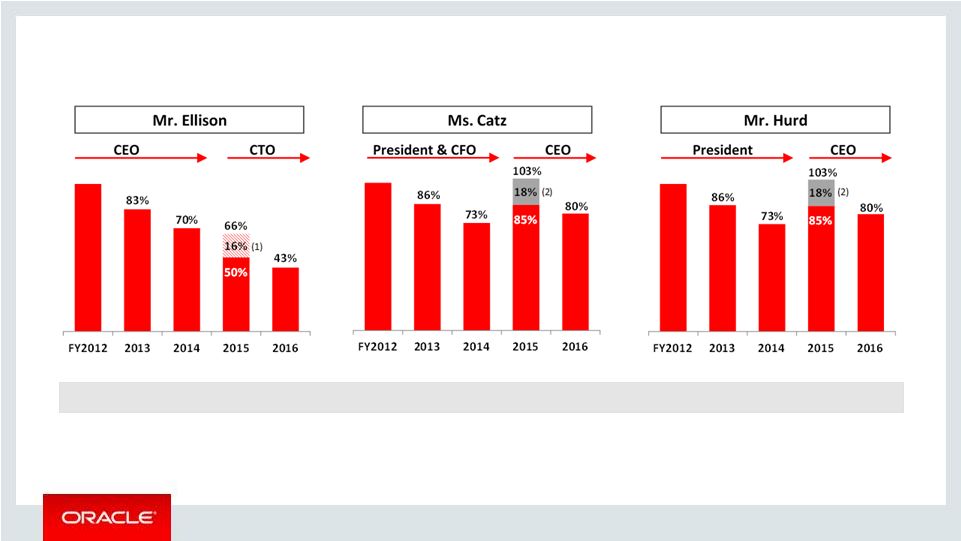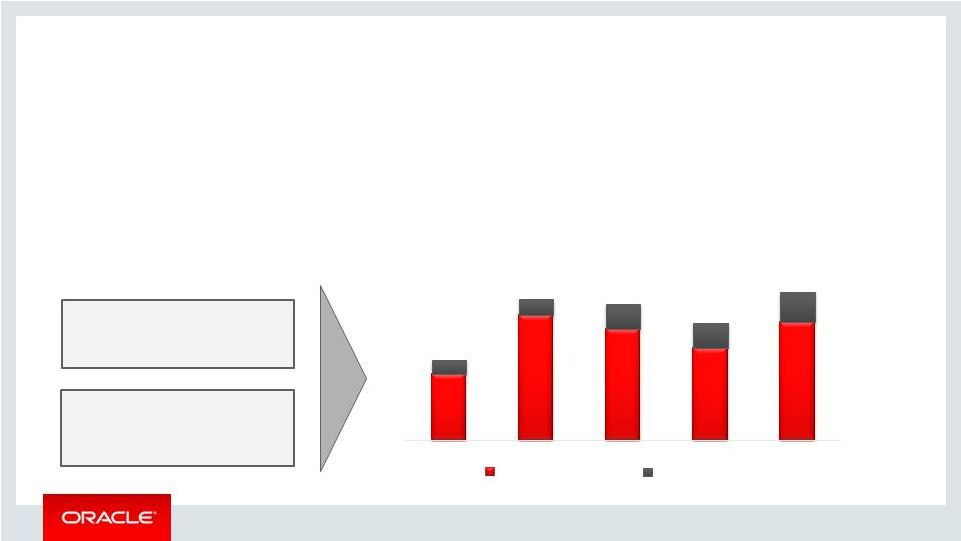Copyright © 2016, Oracle and/or its affiliates. All rights reserved. Board Composition The N&G Committee strives for a mix of director skills, experience and perspectives that will help create an outstanding, dynamic and effective Board to represent the interests of stockholders Investor Feedback Board’s Response—Refreshment Mix of Long-Tenured Directors and New Directors Investors are focused on board composition Some stockholders are concerned that long- tenured directors are less independent 2 new independent directors added to the Board in the last 2 fiscal years Renee James added as a director in fiscal 2016 Leon Panetta added as a director in fiscal 2015 We believe that it is desirable to maintain a mix of longer-tenured, experienced directors and newer directors with fresh perspectives The Board believes that longer-serving directors with experience and institutional knowledge bring critical skills to the boardroom Given the complexity of Oracle’s business, the breadth of Oracle’s product offerings and the international scope of the organization, longer-tenured directors are a significant strength of the Board While director tenure is taken into consideration when making nomination decisions, the Board believes that imposing limits on director tenure or having a mandatory retirement age would arbitrarily deprive it of the valuable contributions of its most experienced members 8 | 










